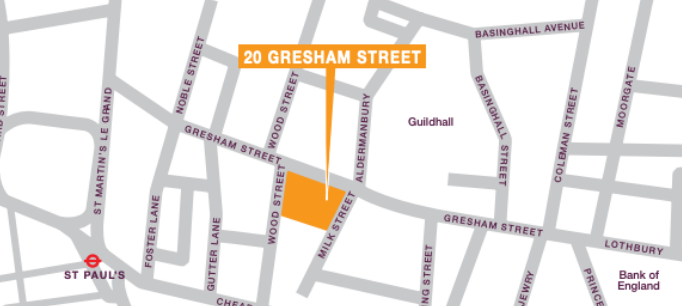PPF consults on a levy rule for schemes without a substantive sponsor
Introduction
On 20 February 2017, the PPF published a consultation on a levy rule for schemes without a substantive sponsor (“SWSSs”).
For a PDF version of this Alert click here.
In this Alert
Key points
- The PPF is developing a new approach to the calculation of its risk-based levy with the intention of ensuring both that SWSSs are charged an appropriate amount and that there is no risk of cross-subsidy from existing levy payers.
- Under the proposals, the levy for an SWSS will never be lower than that for an identical scheme (in terms of funding and investment risk) with a single conventional sponsor, however weak.
- The consultation does not set out a definition of the schemes to which the new rule will apply. It appears that broadly, it will apply to schemes that continue without substantive sponsors as a result of arrangements (such as a regulated apportionment arrangement) put in place between 1 January 2017 and 31 March 2018.
- The PPF notes that its approach may need to be developed in the future, in response to experience of operating the rule and / or developing Government policy.
Background
In its response to the Government’s consultation on the British Steel Pension Scheme, the PPF highlighted that the standard methodology for calculating the levy is not appropriate where a scheme’s sponsoring employer is a shell or special purpose vehicle (“SPV”), rather than a genuine business.
This is because, in such circumstances the risk of insolvency is fundamentally related to the investment performance of the scheme and cannot be measured by considering the financial position of the shell company or SPV which has become the scheme’s sponsoring employer.
As a result, in its consultation on the levy rules for 2017/18 (see our Alert), the PPF indicated that it might consult separately on a rule to ensure that the levy is calculated appropriately for eligible schemes which cease to have a substantive sponsoring employer after a restructuring of the pension arrangements. It has now published proposals.
Restructuring pension arrangements: the PPF’s aim
The existing regulatory framework is premised on schemes having the support of a “genuine” sponsor. Recognising this, the Government Green Paper (see our Alert) seeks views on the relative merits of SWSSs continuing to operate and on the changes to legislation that might necessitate.
In the meantime, it is possible that the PPF and TPR could be asked to agree to a proposal for a scheme to continue without a substantive sponsor as part of a regulated apportionment arrangement. The PPF explains that in such circumstances it would look to ensure that the scheme:
- is sufficiently well-funded
- can afford the levy that would be charged on a market consistent basis (i.e. a basis that implies that the risk has not been undercharged, to the detriment of other levy payers) in line with the consultation proposals
- is sustainable in the long-term – with the expected returns on investments exceeding the required return needed to ensure scheme benefits and the levy can be paid in full
and would require clear and legally binding arrangements that the above criteria are tested (on at least an annual basis) to ensure that wind-up / a PPF assessment period are triggered if they are no longer met.
In addition, the PPF would expect governance arrangements to:
- ensure that potential risks, such as “re-risking” in the event of a deterioration in funding, were managed
- include a “funding trigger” which would require the scheme to wind-up / trigger a PPF assessment period when the funding falls below that considered necessary for it to run on without a substantive sponsor.
Proposals
Scope
The definition of the schemes which will be in scope will be “written by reference to schemes which have entered into an ongoing governance arrangement” (which is not defined). The PPF has said that it does not intend to be “overly prescriptive on the form of this arrangement… as it may vary according to the circumstances of individual schemes”.
The PPF intends to reserve the right to recalculate a levy that has been calculated and issued on the standard basis earlier in 2017/18.
Formula
In the PPF’s opinion, the protection it affords to SWSSs is equivalent to a “put option”; the scheme has the assurance that if the value of its assets falls below that needed to provide members with benefits corresponding to PPF compensation (in put option terms, the “strike price”), then the PPF will make up the difference. For this reason, the PPF proposes to base the risk-based levy formula for SWSSs on “a well-developed model for pricing put options”.
The scheme-based levy will still be calculated in the usual way.
Consequential changes
The PPF anticipates that only limited aspects of its standard methodology will apply to SWSSs. For example, the risk-based levy cap is expected to be disapplied.
Of particular note is that, as a starting position, the PPF does not intend to recognise levy-reduction measures, such as contingent assets, in respect of such schemes. However, the PPF has indicated that there is likely to be sufficient flexibility for the rules to be adapted, where appropriate, to take account of any additional sources of funding.
Next steps
The consultation closes at 5pm on 6 March 2017.
The PPF will publish the final 2017/18 Levy Determination (including the finalised rule for SWSSs) by 31 March 2017.











